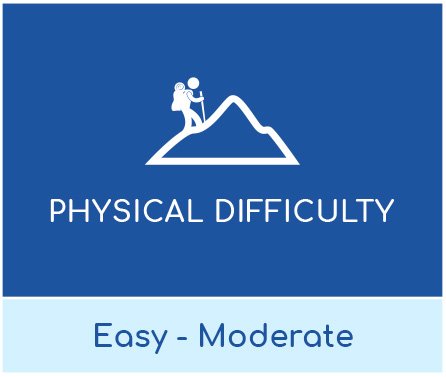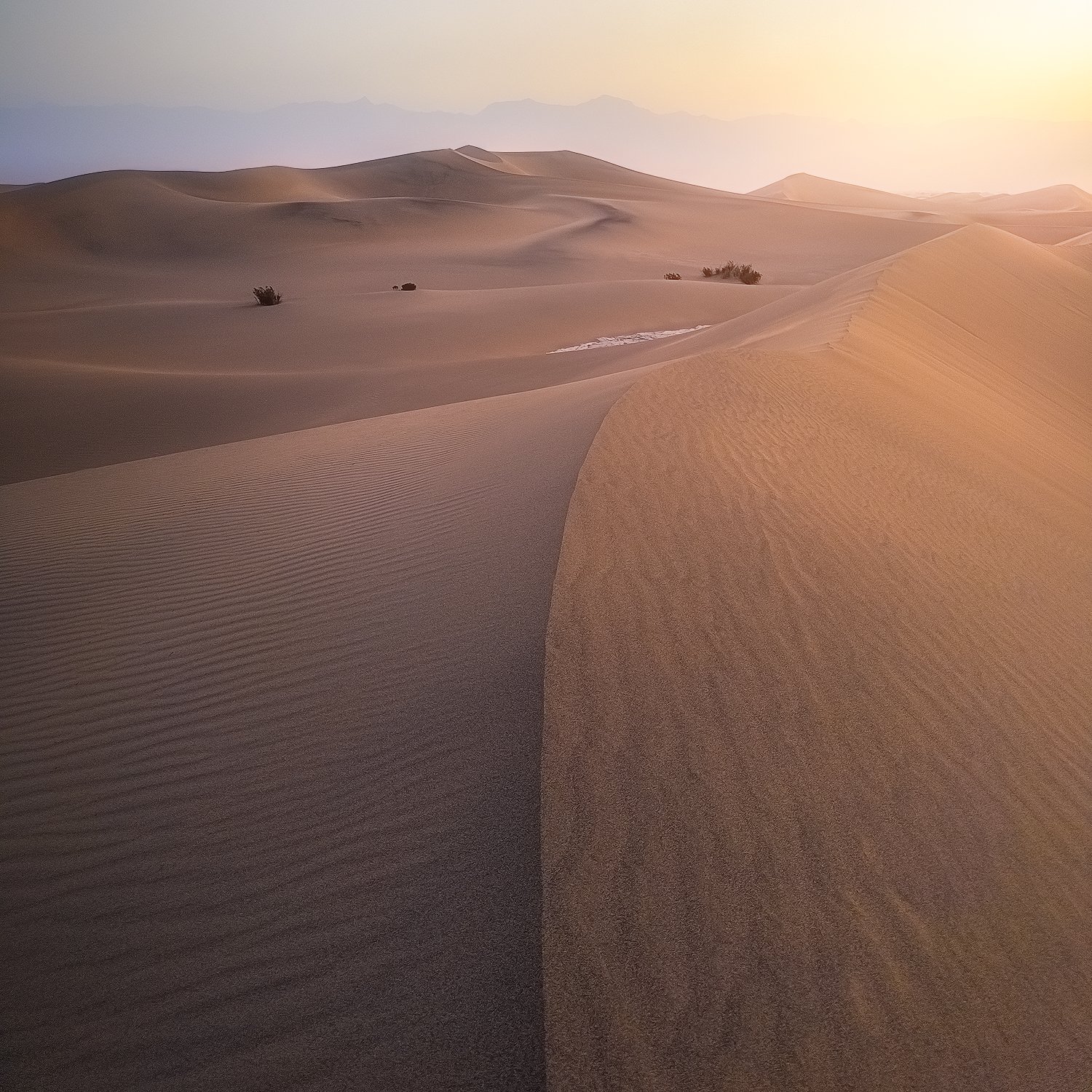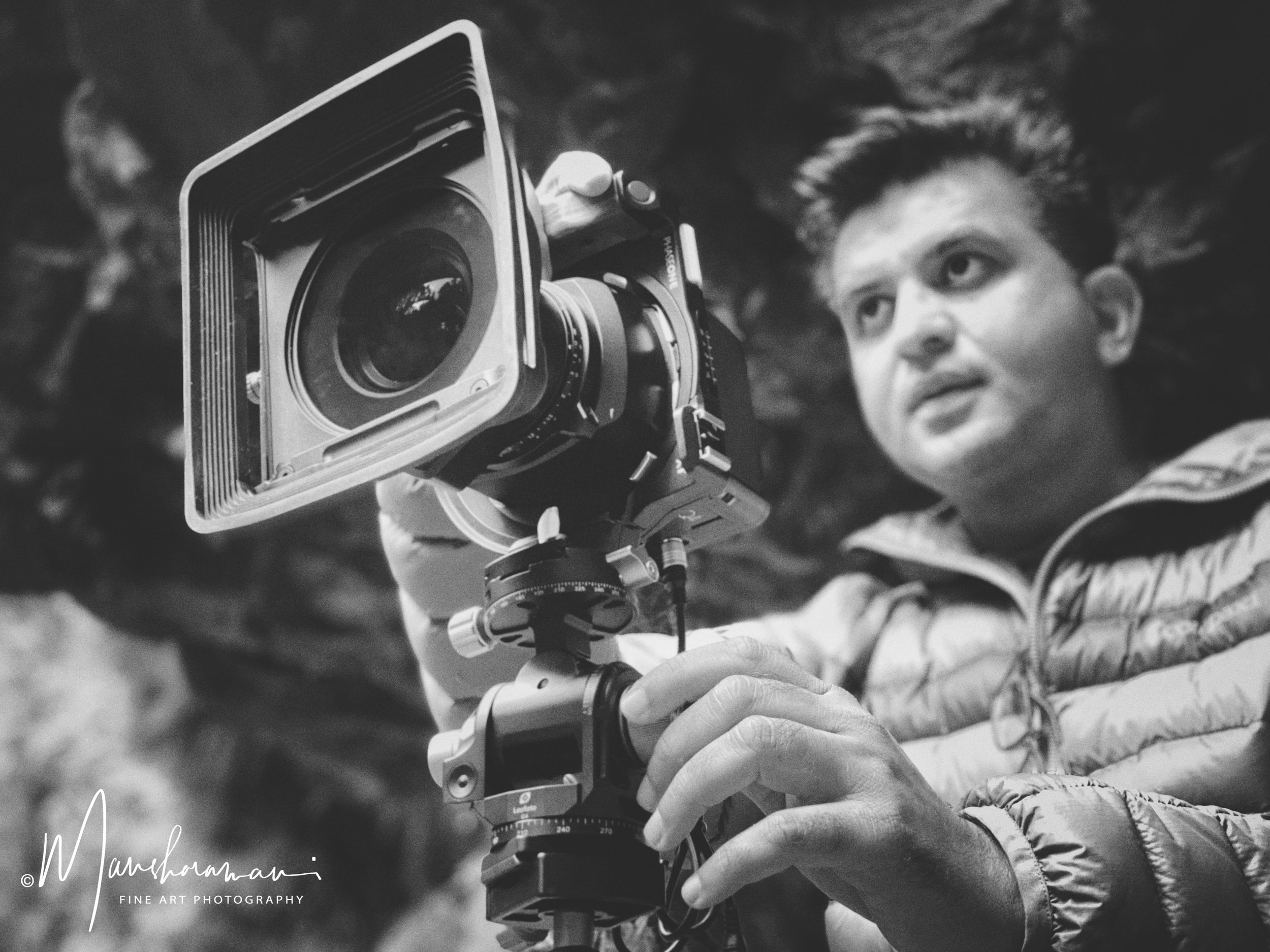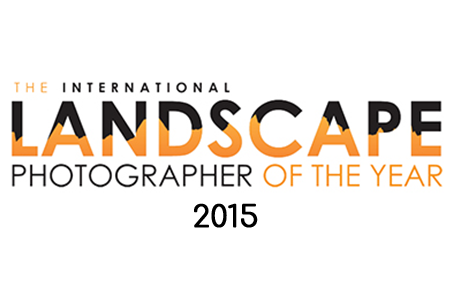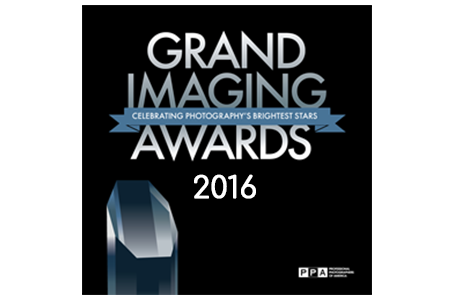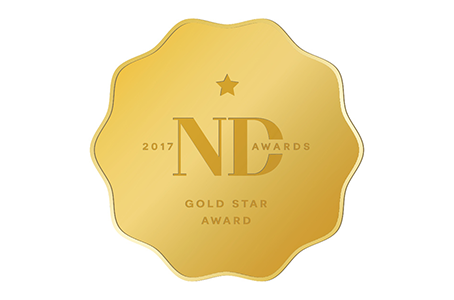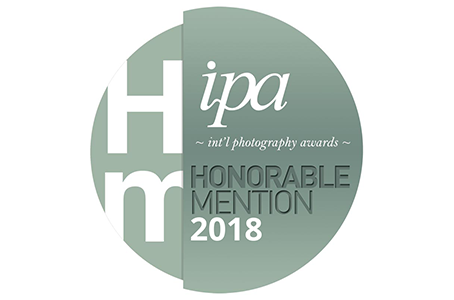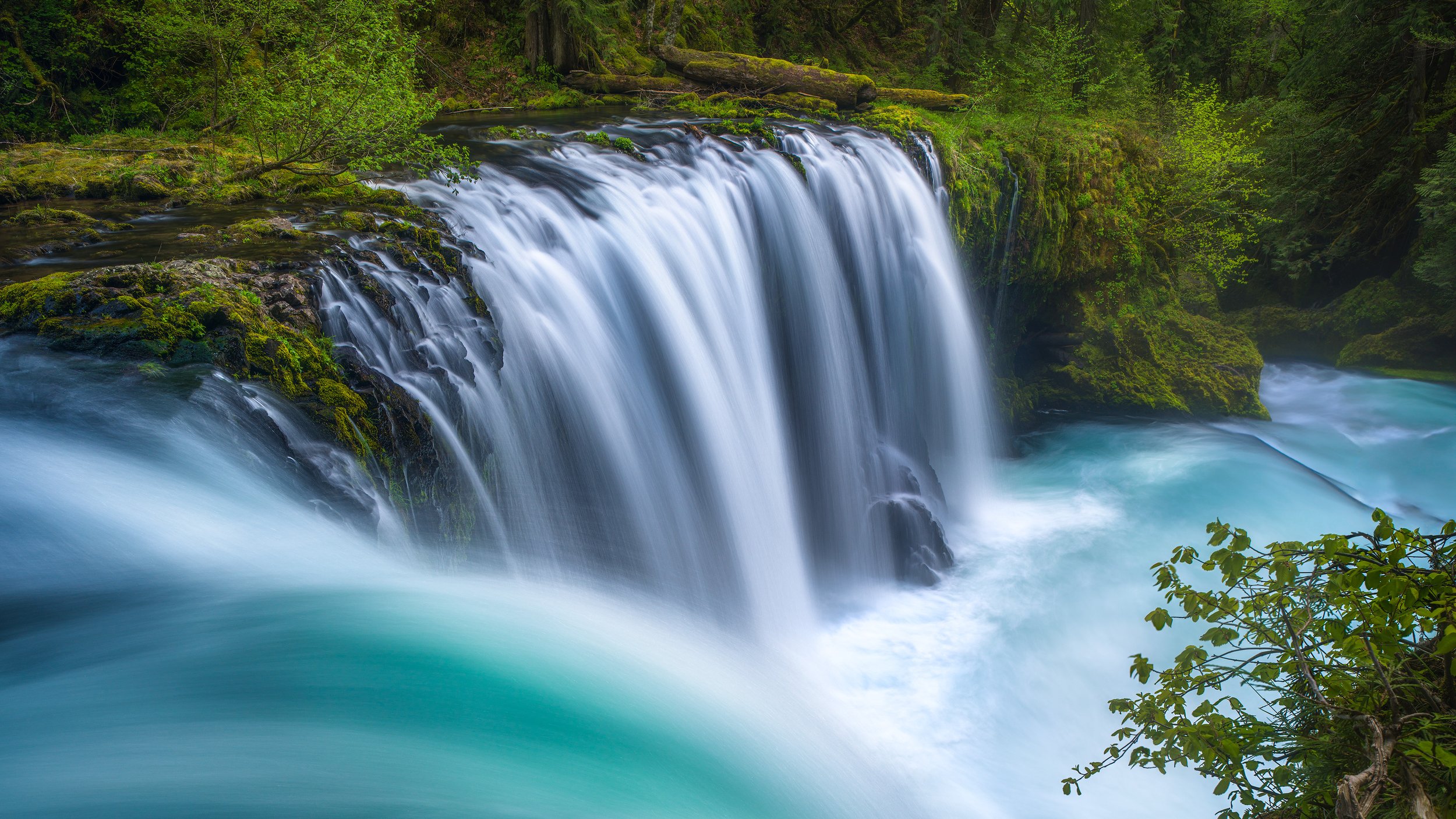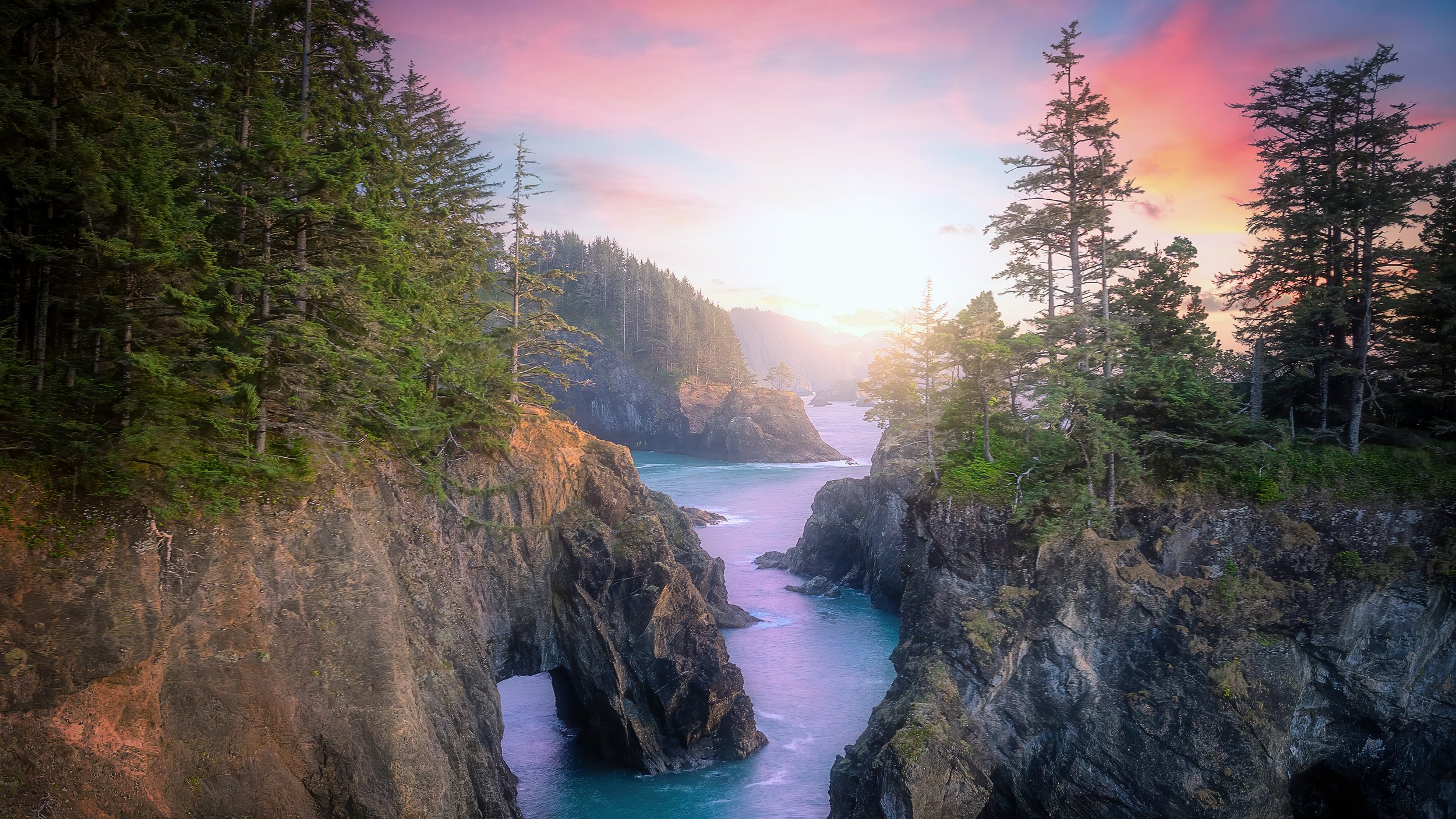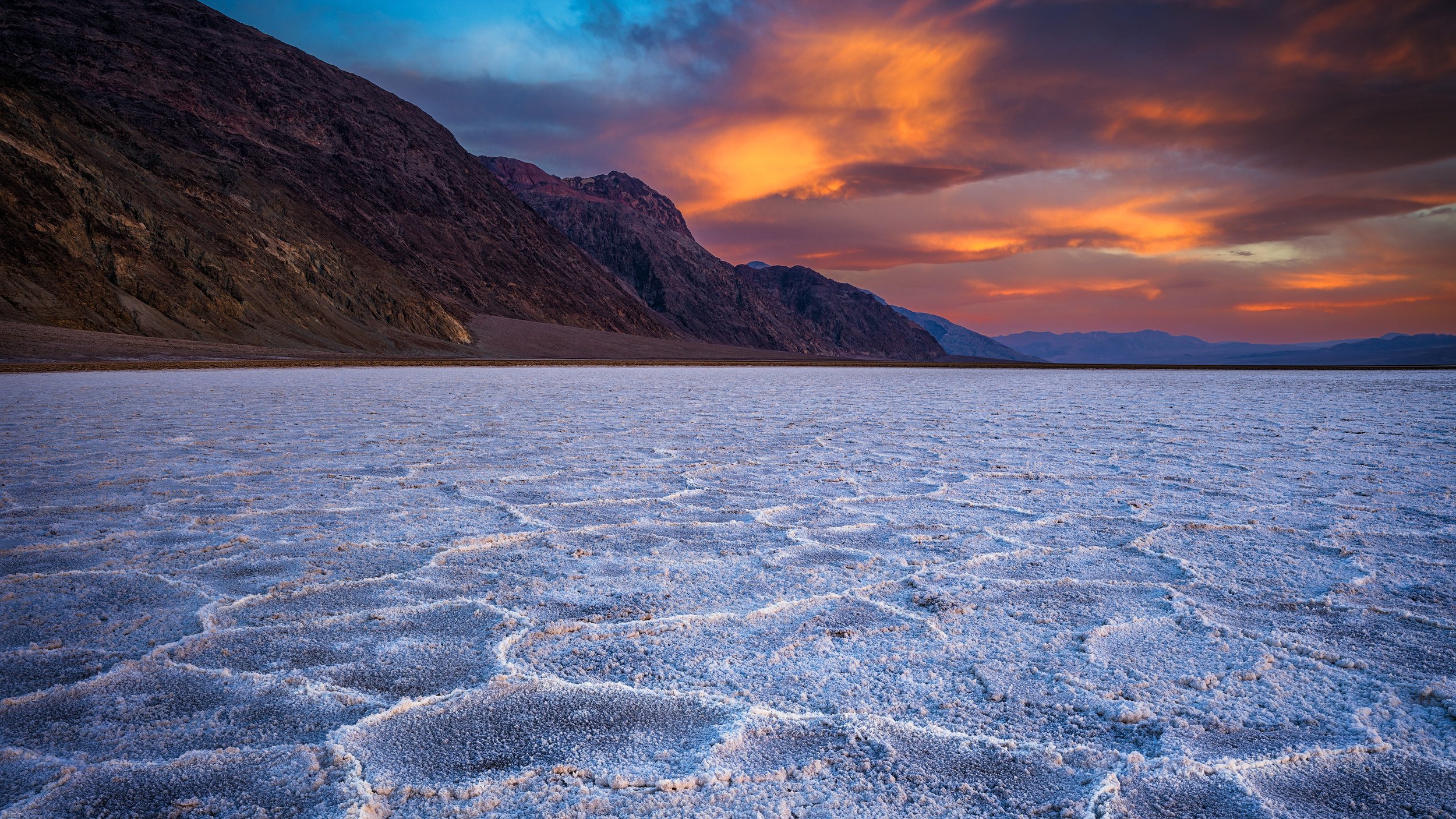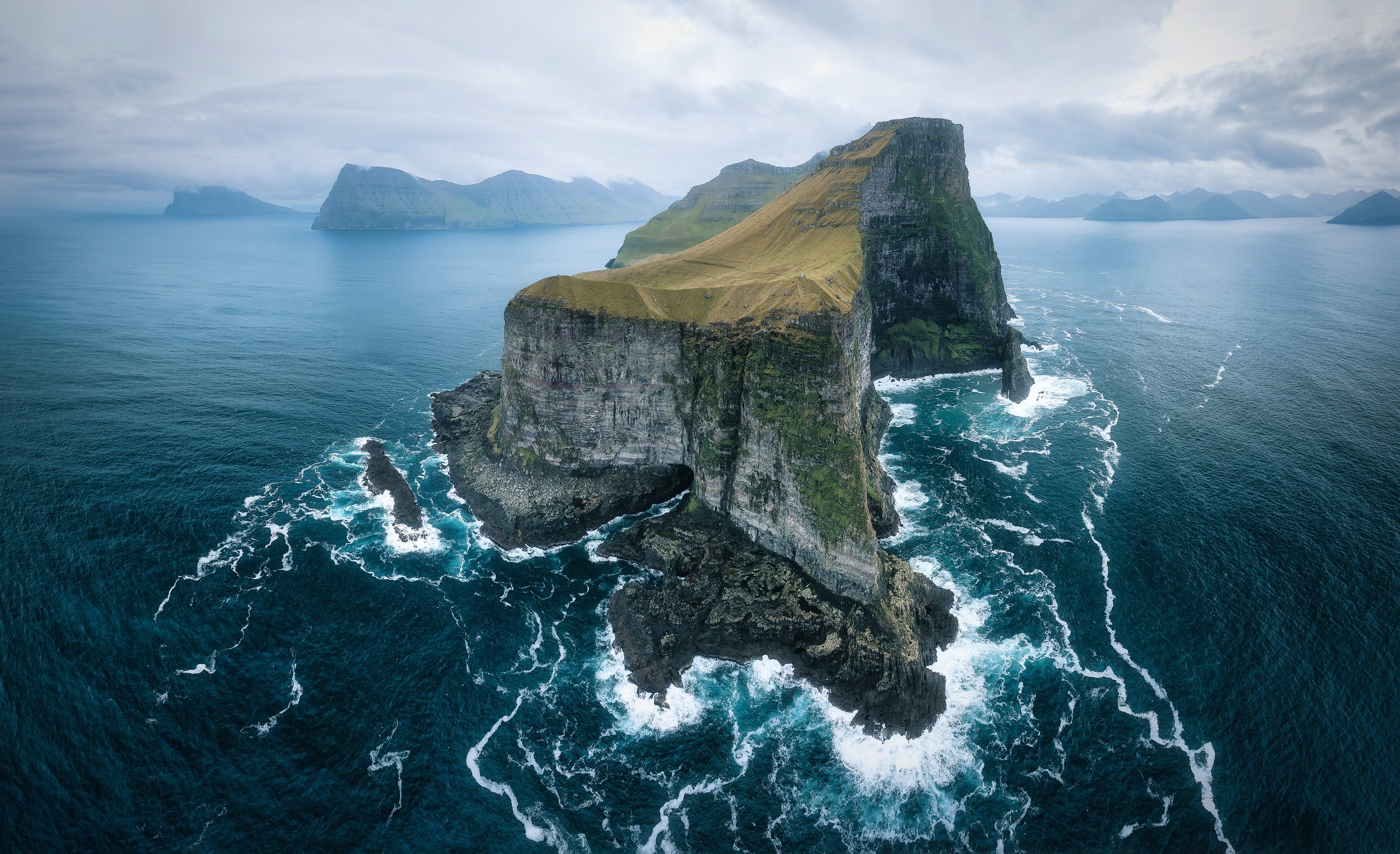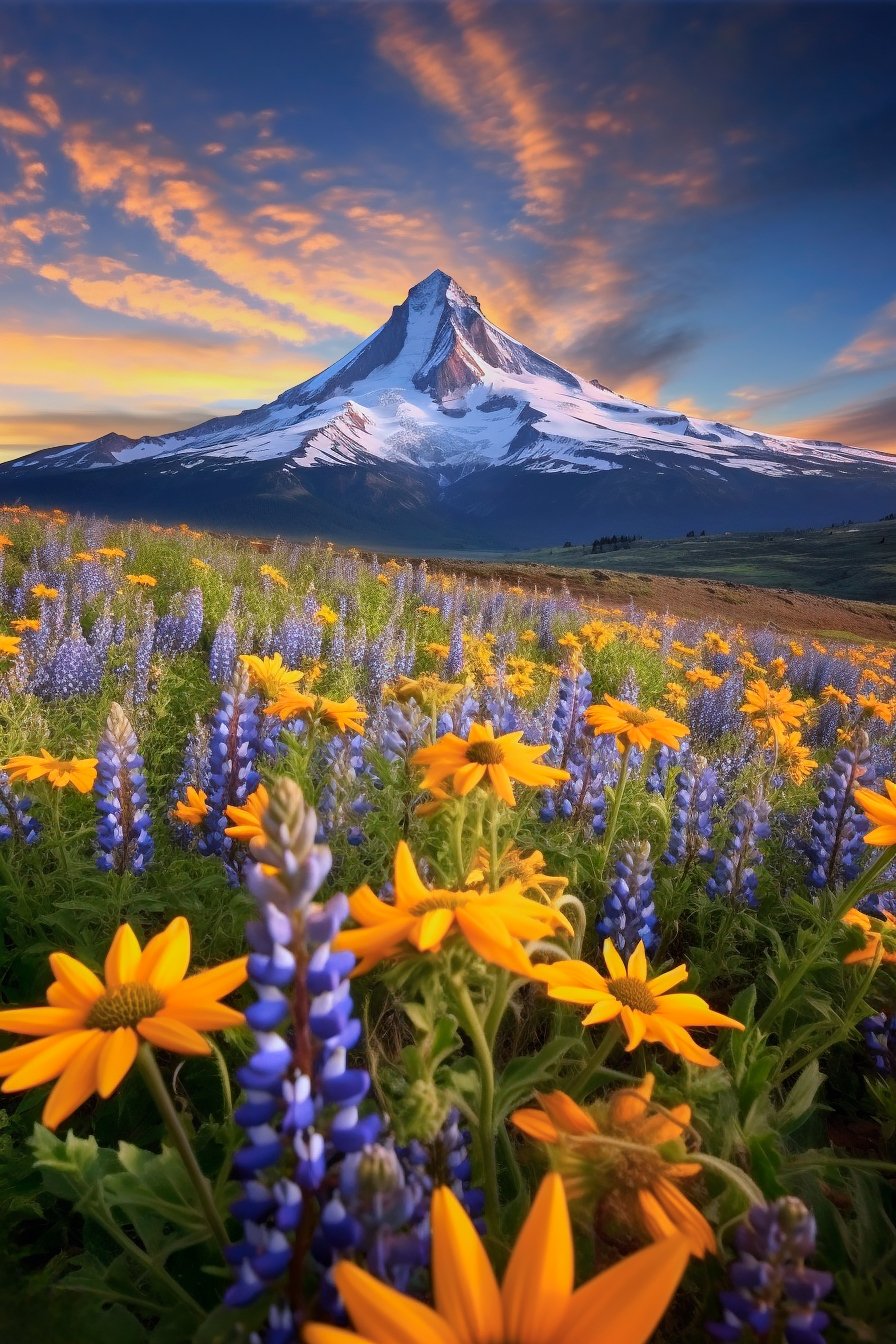DEATH VALLEY
PHOTOGRAPHY WORKSHOP
March 2-7, 2025
Join us for Death Valley photography workshop to capture some of the most unique landscapes in the western United States. Covering over 5000 square miles, Death Valley is the largest national park in the continental U.S. the vast majority of which are roadless wilderness that surrounds a staggering array of landscapes, unique geologic formations and colorful vistas. Death Valley is an impressive desert of beauty , mood and mystique locations with an outstanding photography opportunity. The clear skies with contrasting clouds and the stark landscape provide the perfect compositions. This workshop offers an excellent mix of location photography, image review sessions, learning about techniques for capturing the best lighting and composition, as well as post-processing techniques in one of the most unique and visually compelling locations in the world. There’s no place on Earth quite like it!
Overall, a Death Valley Photography Workshop will be a great way for photographers to improve their skills, explore a unique landscape, and connect with other photography enthusiasts.
FLIGHTS
Workshop March 2-7: Arrive Harry Reid International Airport, Las Vegas, Nevada on March 1, 2025. Flights out can be made after 2:00 PM on March 7, 2025.
Airport transfer to Harry Reid International Airport (LAS), Las Vegas will be provided. We will need your departure flight details as soon as you book your tickets. (Airport transfer from Harry Reid International Airport to the hotel in Vegas is not included)
THE ACCOMMODATION
LAS VEGAS
We will be staying at the Best Western McCarran Inn the night before we start our day 1 of workshop.
DEATH VALLEY
The Ranch at Furnace Creek is the best accommodation in Death Valley and fantastically located right in the heart of the National Park to maximize your shooting time.
WORKSHOP INCLUDES
6-Day intensive photo workshop in one of the most unique and visually compelling locations
Pre-workshop virtual meeting: Before the workshop begins, we’ll start a new WhatsApp group just for our participants. You’ll meet everyone in the group and be able to ask questions and prepare
Post-processing and image review sessions with screen recordings which the participants can keep
Small group size of 4 or less with one guide who know the area
Local transportation to and from the locations
All park entrance fees
Airport transfer from Death Valley to Harry Reid International Airport (LAS), Las Vegas.
NOT INCLUDED
Anything else specifically not listed as included
Items of a personal nature
Passport and visa fees (If applicable)
Accommodation (Private rooms are reserved for our participants)
Meals, beverages, and snacks.
Travel Medical and Trip Cancellation Insurance (Mandatory)
Travel to and from McCarran International Airport (LAS), Las Vegas
Airport transfer from Harry Reid International Airport to the hotel in Vegas
WEATHER
While Death Valley is generally known for its warm temperatures, it can still get quite chilly, especially at night. The average temperature in March for a typical day ranges from a high of 70°F (21°C) to a low of 43°F (6°C). During this time, lights are particularly beautiful with long, golden hours of light and dramatic sunrises and sunsets.
PHYSICAL FITNESS
Some walking on Mesquite Flat Sand Dunes and a short hike up to Zabriskie Point that should be well within the capability of anyone with average fitness. You must be able to hike on uneven ground and on sand dunes for two miles or more.
ENVIRONMENT
Death Valley is a delicate ecosystem, so be sure to follow Leave No Trace principles and be mindful of your impact on the environment while you're taking photos.
ITINERARY
The itinerary for our workshop is subject to change at the discretion of our Photo Guides depending on the weather, which can be highly unpredictable.
We will check the weather forecasts and road conditions and plan our day to optimize shooting conditions. We cannot guarantee that we will be able to visit all the locations on the itinerary.
Death Valley National Park is a national park located in the eastern part of California, United States. It is known for its extreme climate, stunning desert landscapes, and unique geological formations. The park covers an area of approximately 3,373,063 acres and is home to a wide range of plant and animal species.
The average length of the day in March in Death Valley National Park is 11h and 59min. On the first day of March, sunrise is at 6:18 am and sunset at 5:42 pm PST.
Day Prior to Workshop - Welcome
• Check-in into the hotel in Las Vegas
• Welcome Kit and Introduction
• Dinner and plan for day 1
We will check you in at the hotel, check-in time usually starts at 3pm, if you arrive early, you may have to wait at the lobby. We will all meet at the lobby for a quick introduction followed by early dinner at around 7pm.
Day 1 - Badwater Basin
• Breakfast at the hotel and Check-out
• Check-in into the hotel in Death Valley
• Lunch
• Sunset at Badwater Basin
• Dinner and plan for day 2
We will all meet for breakfast at 8:00am and check-out by 9:30am. We'll drive over to Death Valley, check into our hotel, and head out for our first sunset shoot in the Badwater Basin.
Badwater Basin: It is the lowest point in North America and features a vast expanse of white, salty plains that stretch as far as the eye can see. The salt flats are the main attraction in Badwater Basin, and they provide endless opportunities for creative photography. Play with the light and shadows to capture the unique textures of the salt crystals and the patterns they form on the ground. With its unique landscape and stunning natural beauty, Badwater Basin is an excellent location for photographers of all levels.
Day 2 - Zabriskie Point and Devil’s Golf Course
• Morning Snacks before Sunrise
• Sunrise at Zabriskie Point
• Breakfast
• Engaging image review session
• Sunset at Devil’s Golf Course
• Dinner and plan for day 3
Zabriskie Point: this place offers a stunning panorama of the badlands near Furnace Creek in Death Valley National Park. The overlook stands at the upper east end of a terrain full of impressive canyons and gulches. A short walk up a paved hill is all that is required to take advantage of this amazing vantage point.The views are impressive in every direction. To the northeast, Manly Beacon rises up behind waves of yellow and orange colored badlands. To the right of the beacon are the distinct cliffs of Red Cathedral (best seen from Golden Canyon). To the south stand dark multicolored mountains. Beneath Zabriskie Point are the upper reaches of Gower Gulch, which brings rainwater and eroded minerals to the salt flats below.
Devils Golf Course: situated on the valley floor near Furnace Creek. Here the very earth itself seems tormented, twisted and cracked in all sorts of ways. It’s mesmerizing. The Devil's Golf Course is a large salt pan on the floor located in the Mojave Desert. Although its exact boundaries are poorly defined, it extends from the vicinity of the Ashford Mill site to the Salt Creek Hills, covering a distance of about 40 miles. The salt pan is essentially a gigantic, dried up bed of a lake that once covered the valley to a depth of 30 feet. Some 2,000 to 4,000 years ago, the lake dried up leaving behind dissolved minerals that, over thousands of years, were sculpted by weathering processes into fantastic shapes. One of the most photogenic locations for this workshop, with outstanding opportunities and creative challenges.
Day 3 - Twenty Mule Canyon and Mesquite Flat Sand Dunes
• Morning Snacks before Sunrise
• Sunrise at Twenty Mule Canyon
• Breakfast
• Post Processing session followed by Lunch
• Sunset at Mesquite Flat Sand Dunes
• Dinner and plan for day 4
Twenty Mule Canyon: The canyon is famous for its stunning geological formations, it’s characterized by towering cliffs that rise high above the valley floor, creating a striking contrast with the vast and open desert landscape. The formations have been sculpted over millions of years by wind and water erosion, resulting in unique and intricate shapes that are a wonder to behold. The lighting conditions in the canyon are ideal for photography, with the soft morning light and golden hour light during sunset providing a warm and dramatic backdrop for stunning images. The colors of the canyon change throughout the day, from deep reds and browns to soft yellows and oranges, depending on the position of the sun.
Mesquite Flat Sand Dunes: one of the most symbolic locations for photography in Death Valley. With their shifting patterns and textures, they offer endless opportunities for artistic and unique shots. The best time to photograph the dunes is during sunrise or sunset when the dunes cast appearance creates a marvelous contrast. The right lighting and the dynamic shadowing on the dunes will make all the difference and you can get interesting and dramatic photos. The dunes are constantly changing and their appearance can vary quite a bit depending on the season and the wind conditions.
Day 4 - Cottonball Basin and Racetrack Playa
• Morning Snacks before Sunrise
• Sunrise at Cottonball Basin
• Breakfast
• Sunset at Racetrack Playa
• Dinner and plan for day 5
Cottonball Basin: It is one of the most distinctive features of Death Valley National Park, located in Badwater Basin. It is a vast salt flat that lies at the lowest point in North America. Similar to Badwater Salt Flats, Cottonball Basin provides endless opportunities for creative photography. Play with the light and shadows to capture the unique textures of the salt crystals and the patterns they form on the ground.
Racetrack Playa: Nestled in a remote valley between the Cottonwood and Last Chance Ranges, the Racetrack is a place of stunning beauty and mystery. It is best known for its strange moving rocks. They seem to move across the playa on their own, leaving tracks in the mud. We will try to capture the tracks left by the rocks and experiment with different angles and compositions of the changing colors of the surrounding mountains at different times of day.. The playa surface provides an interesting and distinctive texture for landscape photography.
Day 5 - Dante’s View and Cracked Mud
• Morning Snacks before Sunrise
• Sunrise at Dante’s View
• Breakfast
• Post Processing session followed by Lunch
• Sunset at Cracked Mud
• Dinner and plan for day 6
Dante’s View: Dante's View provides a panoramic view of the southern Death Valley basin. It’s an excellent location for capturing breathtaking sunrise and sunset shots. The changing light will create stunning colors and shadows, providing ample opportunities for different compositions. The winding roads, and the jagged peaks of the surrounding mountains all offer a unique panoramic view to create striking works of art and capture the beauty of the desert landscape. This iconic location will offer impressive ideas as inspiration to capture your own unique images.
Cracked Mud: Death Valley's cracked mud is a unique geological feature that can be found in various locations throughout Death Valley National Park in California, USA. The mud cracks form when the surface of the mud dries out and contracts, causing it to crack into polygonal shapes.
The cracked mud patterns can vary in size and shape, ranging from small, intricate designs to large, complex networks of cracks that stretch across the desert floor. Some of the most impressive examples can be found in places like Badwater Basin, Mesquite Flat Sand Dunes, and Devil's Golf Course.
Day 6 - Badwater Basin or Mesquite Flat Sand Dunes
• Morning Snacks before Sunrise
• Sunrise at Badwater Basin or Mesquite Flat Sand Dunes
• Breakfast
• Hotel Check-out
• Airport Drop-off
Badwater Basin: It is the lowest point in North America and features a vast expanse of white, salty plains that stretch as far as the eye can see. The salt flats are the main attraction in Badwater Basin, and they provide endless opportunities for creative photography. Play with the light and shadows to capture the unique textures of the salt crystals and the patterns they form on the ground. With its unique landscape and stunning natural beauty, Badwater Basin is an excellent location for photographers of all levels.
Mesquite Flat Sand Dunes: one of the most symbolic locations for photography in Death Valley. With their shifting patterns and textures, they offer endless opportunities for artistic and unique shots. The best time to photograph the dunes is during sunrise or sunset when the dunes cast appearance creates a marvelous contrast. The right lighting and the dynamic shadowing on the dunes will make all the difference and you can get interesting and dramatic photos. The dunes are constantly changing and their appearance can vary quite a bit depending on the season and the wind conditions.
GALLERY
TECHNIQUES COVERED IN THIS WORKSHOP
IN THE FIELD:
Understanding the light and choosing the best exposure
Composition: Balance and harmony, leading lines and creating depth.
Lens choice: From the wide-angle vista to shooting landscape abstracts with a telephoto lens
Shooting multiple image panoramas
Controlling light in scenes with a wide dynamic range using graduated filters and/or multiple exposures
Shooting stars and night photography (Depending on weather conditions)
PROCESSING:
Using Adobe Camera RAW
Using local adjustments to shape and sculpt the light
Using Photoshop layers to build up image adjustments
Using luminosity masks in Photoshop
Different techniques for blending multiple exposures of the same image
Stitching multiple panoramas together
Sharpening images for web
WHAT TO BRING
A DSLR OR MIRRORLESS CAMERA
The criteria for the kind of work we’ll be doing is a camera that can be operated completely manually to ensure we get the best exposure
WIDE ANGLE TO TELEPHOTO LENS
For some of the locations, particularly the lakes, a wide angle lens really is essential if you want to get those epic landscapes
Sturdy TRIPOD
We’ll often be shooting in low light so a tripod is an absolutely essential piece of equipment. A lightweight carbon fibre model
LANDSCAPE FILTER SYSTEM
A neutral density filter of at least 3 stops will help slow down the exposure to blur clouds and remove ripples from the lake’s surface
A CABLE RELEASE
This allows us to trip the camera shutter without touching the camera, avoiding movement blur during longer exposures
Warm clothes
While you don’t want to overpack, it’s always good to assume that it will be colder, windier, and wetter than you expect
WATERPROOF HIKING BOOTS
We’ll certainly be walking over rocky and uneven grounds and we’ll also often find ourselves in a muddy conditions
CAMERA BACKPACK
When moving your camera gear for any length of time a backpack can really save your back. A good backpack, one with sturdy hip straps
Laptop with Adobe Camera RAW and PHOTOSHOP
We’ll be shooting RAW, and as part of each day will be dedicated to post processing images a good RAW converter like Adobe
MEET YOUR INSTRUCTOR & GUIDES
Monish Mansharamani | Founder + Pro Photographer
Monish Mansharamani is a professional landscape and travel photographer based in Oregon. He is completely self-taught and has years of experience in medium format shooting, guiding photo tours, and teaching digital post-processing techniques. His specialization lies in capturing stunning panoramic photographs of fine art landscapes from the United States and beyond.
The majority of his photographs are taken with a superior medium format digital camera, which allows for incredible detail to be captured. His approach to photography is a "slow photography" technique, where he takes his time to carefully observe the scene and capture only a few or a dozen exposures in a span of two hours. This process enables him to truly perceive the essence of the scene and let it reveal itself. Each photograph he captures is unique, and he dedicates a significant amount of effort to ensure that the final image is a true work of art by meticulously processing the image.
As a landscape photographer, his goal is to present views of the natural world in a fresh and unique way. He achieves this through careful composition, attention to detail, and the creative use of beautiful light.
Currently, he fulfills his lifelong dream by leading Adventure Photography workshops all over the world through his company Aventura Workshops LLC.
PAYMENT TERMS
$1000 deposit is required to secure your spot.
Balance is due no later than 90 days before the Workshop start date.
Flexible payment option available, just ask!
All other Aventura Workshops Terms and Conditions apply.
WITHDRAWAL & REFUND POLICY
We strongly recommend you to get Trip Cancellation & Travel Insurance after booking your trip. If you withdraw and your place is otherwise filled, we will refund you the full amount you have paid towards the tuition, minus a $250 cancelation fee. If you withdraw and your place on the Workshop does not fill, then you will be refunded according to the following schedule, based on the full fee of the Workshop:
90 days or more: Full refund minus a $250 cancelation fee
60 - 89 days: 50% refund.
60 days or less: No refund.
Refunds will be paid by the same method that the original payment was made.
DISCLAIMER
We highly recommend that you get a travel and medical insurance. Your own domestic medical insurance and private health plan will not cover you whilst you are overseas. The workshops will always dependent on weather, as the weather can be highly unpredictable.








